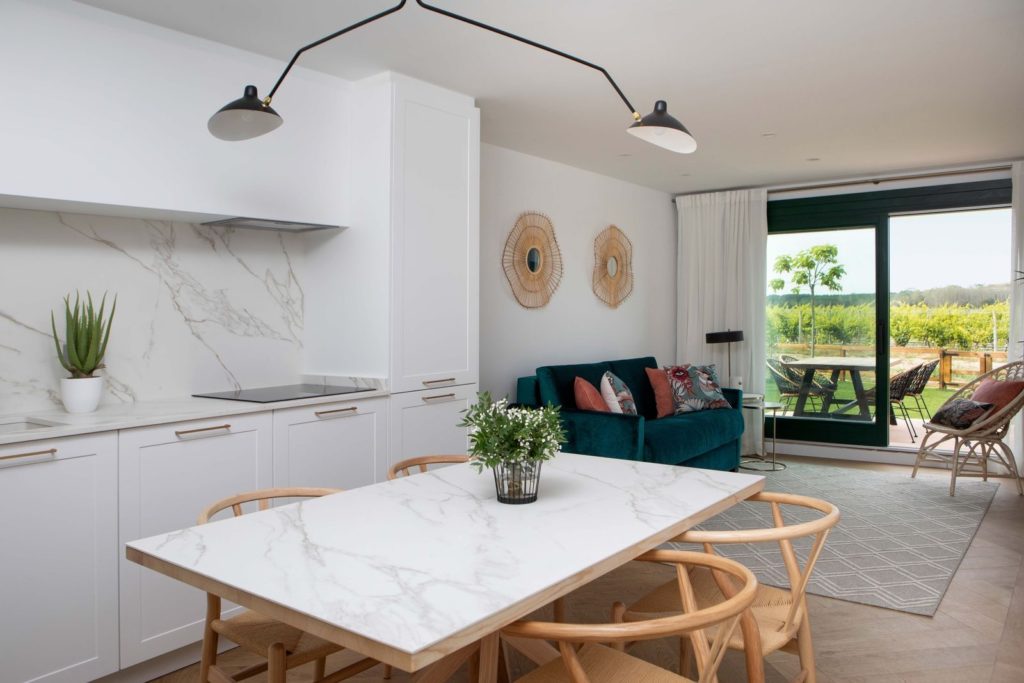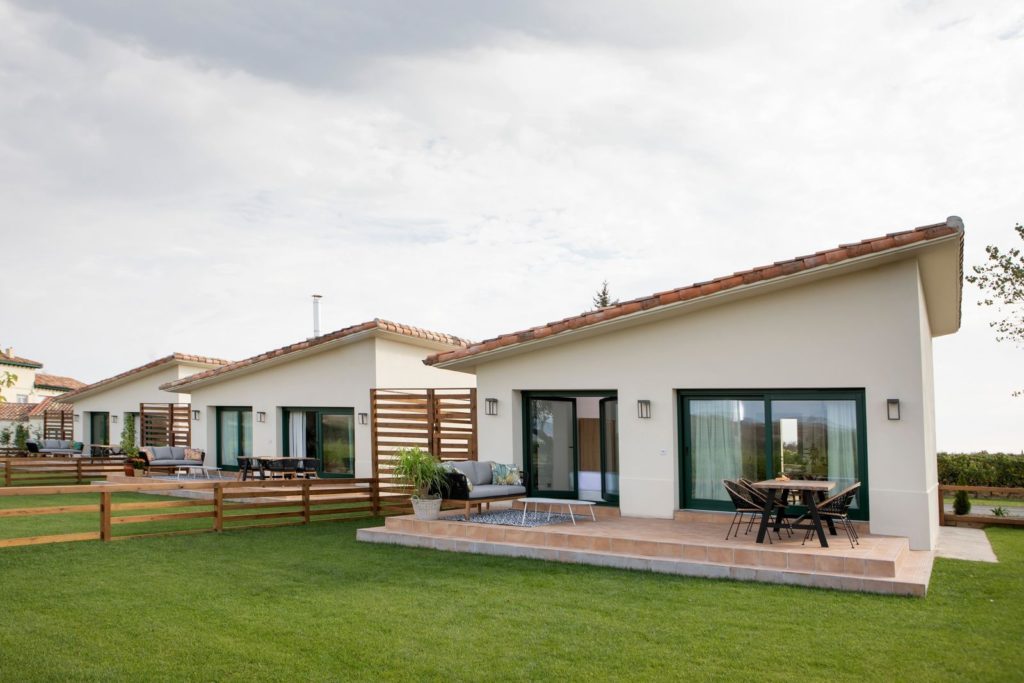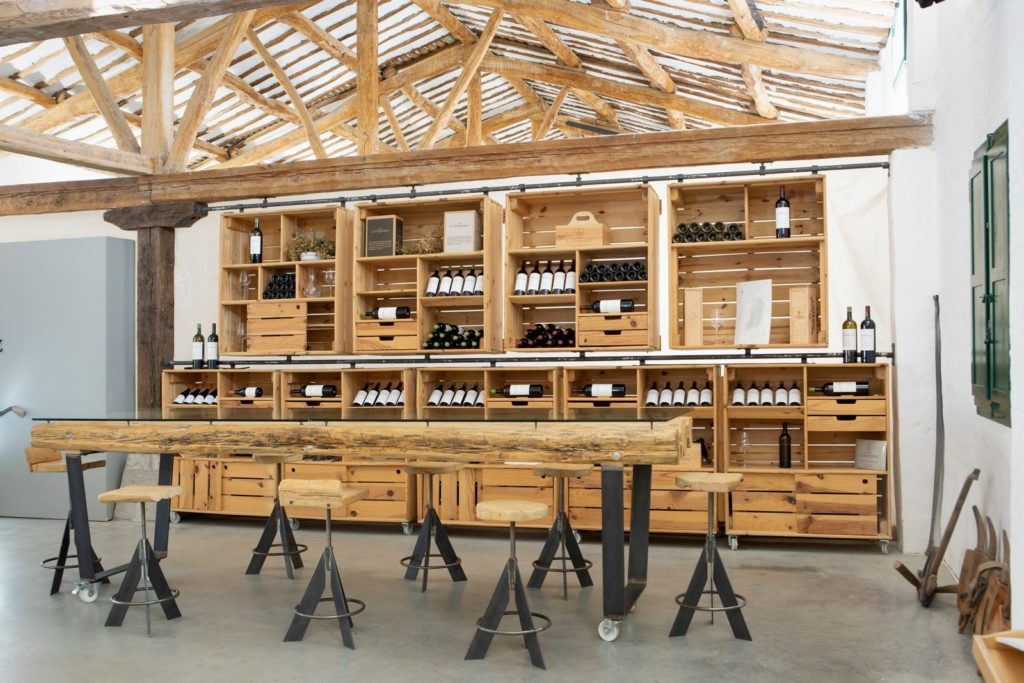When you visit Finca La Emperatriz you will NOT see the bottling line, the tanks and the barrels. Instead, you will learn the fascinating history of the former owner of the estate, admire breathtaking landscapes, learn the ins and outs of sustainable grape growing, take walks through the vineyards and to nearby villages, enjoy tastings of the estate’s wines with a range of local foods and even stay in one of the estate’s three comfortable, tastefully decorated villas.
Finca La Emperatriz’s attention to sustainability in everything it does earned the estate a 2025 Best Of Wine Tourism Award and the People’s Choice Award for Sustainability from the Great Wine Capitals Global Network.
Finca La Emperatriz (the Empress) is named after its former owner Empress Eugenia de Montijo. De Montijo, although Spanish by birth, lived in France and later England as an adult. She captivated and wed Emperor Napoleon III, the nephew of Bonaparte. De Montijo grew grapes and made wines on her extensive estate between Santo Domingo de La Calzada and Haro in Rioja Alta. Her wines won several awards at international exhibitions, including the 1878 Universal Exposition in Paris.
Today, the estate, owned by the Hernáiz family, comprises 101 hectares of vineyards, of which 32 hectares have been certified as a ‘Singular Vineyard’ by the Rioja Regulatory Board. It is located on a plateau with spectacular views of the Sierra de Cantabria mountain range to the north and the Sierra de Demanda range to the south.
Visitors to Finca La Emperatriz will learn, among other things, about:
- the grape varieties grown there,
- the differences between bush vines and trellis trained vines,
- why the vineyards have cover crops between the rows of wines,
- the ‘acodo method’, a tradition of burying a secondary shoot of a vine into the ground to propagate a new vine,
- the effect of the stony soil on heat retention.
Following the visit to the vineyards, wine tourists can enjoy a tasting of the estate’s wines with a variety of local foodstuffs in the tastefully decorated wine bar, or in the gardens.
Sustainable practices are followed throughout the property. An important percentage of La Emperatriz’s energy needs is suppled through solar panels. Chemical treatments have been replaced with natural methods and pest control uses pheromone traps. Cover crops between the rows of vines aid in water retention.
A highlight of the estate are three tastefully decorated villas with plenty of amenities. Each has a full kitchen, bedroom, full bathroom and a sitting room.
Guests wishing to prepare their own meals can pick fresh vegetables from the small gardens outside each villa. A henhouse supplies eggs (and the rooster, hens and chickens are a source of amusement for children!)
The villas are oriented toward the west, providing the chance to enjoy spectacular sunsets.

Near the estate are several villages within walking distance so that visitors can sample village life. And for the more adventurous, a hiking and biking trail from Casalarreina to Ezcaray follows the path of an old narrow-gauge railroad.
Finca La Emperatriz created its wine tourism offer with a focus on history, sustainability, its vineyard and spectacular surroundings. They have succeeded admirably. Arancha Gutiérrez, the wine tourism manager says, “when we tell the story of the estate, we are like the troubadours of the Middle Ages”. An interesting and undoubtedly true comparison.
Text by Tom Perry, Inside Rioja
Photos: Finca La Emperatriz
Learn more about Bilbao-Rioja Great Wine Capitals

